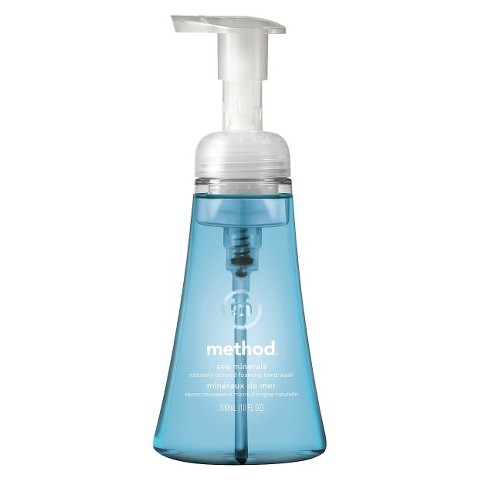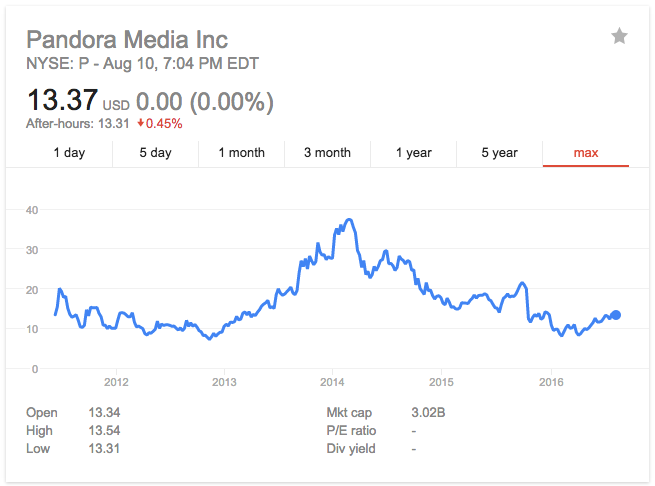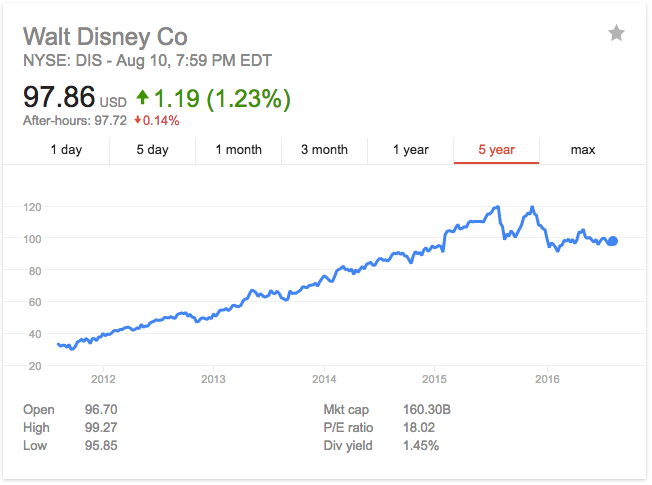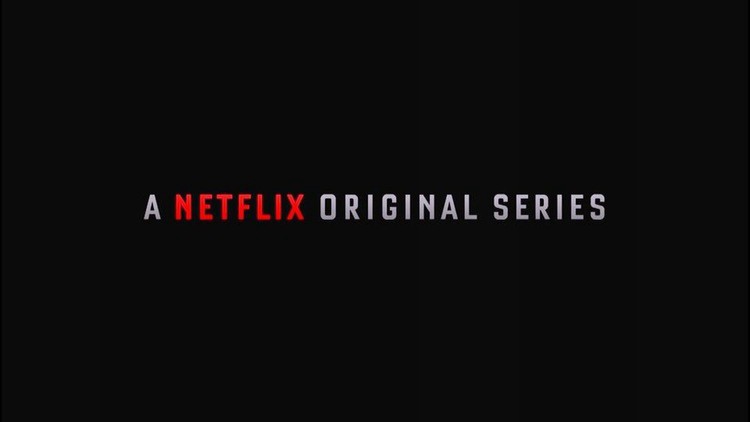Great packaging is what pulls people in, but a superior core product is what will make them stay.
In the physical world, it’s pretty clear what is packaging and what is the actual product. Take soap: the packaging is the plastic, and the core product is the soap itself. The packaging may influence your decision to buy the product — it may market the product to you — but ultimately what makes you buy the “product” again is the soap itself.

It may seem like an obvious distinction to draw, but it’s necessary because product and packaging are often conflated when it comes to digital products. This is important for two reasons:
- Many key elements of your product are actually packaging. Your packaging — design, UX, and so forth — cannot get in the way of the user’s ability to access the core value provided by your product.
- Better packaging on its own will not make your product succeed.Many products provide necessary and useful process improvements over existing solutions. But if the core value — the core product — being delivered to the user must be better as well.
This explains several often confounding things in the market. There are tons of ugly products that succeed seemingly despite themselves (hello, Craigslist), and plenty more that are beautifully designed but never catch on. There are a lot of factors that go into a product’s success — marketing, customer relations, management, and brand cannot be discounted — but a product’s fundamental purpose is to provide value for the user, and if a product is beautiful but doesn’t solve a problem better than the competition, it is merely providing a packaging improvement.
Parsing out this distinction is particularly helpful in two different situations: fixing a product, and investing in a product.
Fixing a product
Much of product work is not creating new products but improving and maintaining existing ones. And with that, there are endless backlogs of new features, bugs to fix, and stakeholders to appease. Prioritization is key.
One way to prioritize is to determine which feature requests and problems to explore would improve the packaging and which would improve the core product. Your packaging’s job is to deliver the user to the core solution that solves the user’s problem. Is your packaging preventing the user from realizing your product’s benefits? Or do you find your customers flocking to a new solution despite what you perceive to be an inferior experience?
It’s worth noting that fixing a packaging problem is a better problem to have than a product problem. After all, design refreshes are easier to sell to stakeholders than the idea that their core concept may be inferior as currently implemented.
Investing in a product
Would you rather invest in a company that is a middleman, or one that provides a unique solution? One widely regarded approach to investing is to look for companies with significant moat, or moat potential. A company that is a middleman and is providing a process improvement without a fundamental improvement to the end solution is going to have more trouble creating a sustaining a moat. Over the long term, these products will require much more advertising and more incentives to keep customers coming back, making them more expensive to run and ultimately less profitable — meaning that while they may provide wonderful experiences, your money is probably better off elsewhere.
Example: Music Streaming
Let’s take an example: what is Pandora’s core product? You could say it’s their user experience, their music discovery algorithm, or their custom radio stations. But that’s not getting to the heart of it. Pandora’s core product is something they don’t actually make — it’s music. Similarly, what is Spotify’s core product? Music. Their packaging is different, and they both provide a better process for discovering and listening to music than the radio — but ultimately, their core product is music. Music they do not make. And while music itself is a highly differentiated market, it’s ultimately one of low margins since they must pay to license it. And because they cannot improve on the core product itself, it is a difficult market to be in. Just look at their stock performance:

Consider, on the flip side, Disney: regardless of the way you engage with a Disney product — whether it’s watching Frozen in the theater, listening to “Let It Go” on loop on, ahem, Spotify, or buying a stuffed Olaf doll on Amazon — Disney is getting a cut. They control the core product, and therefore have more opportunities to make money — both directly through their own sales, and indirectly through licensing. And, interestingly, they just announced yesterday that they’re exploring controlling the packaging, too, by buying streaming video service BAM Tech for $1B.
While Disney’s recent performance is bumpy, it’s worth noting that their stock price tells a very different story than Pandora’s.

Turning a weakness into a strength
There are two notable situations where a product that starts as a packaging improvement but succeeds long term:
- The company becomes a monopsony — that is, the only consumer of an end product, and can thus dictate pricing to both producers and/or consumers. Walmart and McDonald’s are excellent examples of this from a producer standpoint, using their massive scale to exercise significant influence over its suppliers — whether it’s dictating pricing or influencing ingredients in products they sell.
- The company pivots into providing a better, unique core product. To keep with the theme of streaming services, let’s look at Hulu, Netflix, and Amazon Prime. They fixed the packaging of movies and network TV by streaming them online and on-demand — solving the decades-old problem of having to wait for something to be on TV, or, worse, sift through whatever happens to be on at the moment. But similar to the Pandora, only fixing the packaging in a licensing-dependent business model isn’t going to cut it and left them susceptible to competition coming along with better packaging. So now they’re all also competing on the core product itself with original content.

Focus on the core product, and don’t let packaging get in the way
So what’s the takeaway from all of this? Ultimately, the goal of packaging — be it design, UX, onboarding, habit loops, and all of the other things we talk about so frequently in product — is to get the user to see and appreciate the end value of your product. And some products provide most of their value by providing better packaging, and others have a stronger core solution.
Ultimately, your product is the value you are delivering for the user. It is not the packaging. Your product is the net improvement on their life because they’re using your product.
As Facebook’s Julie Zhuo said in a fantastic post recently:
A product succeeds because it solves a problem for people.
If you don’t improve your user’s ability to solve their problem, you’re not delivering a product. You’re delivering pretty packaging.